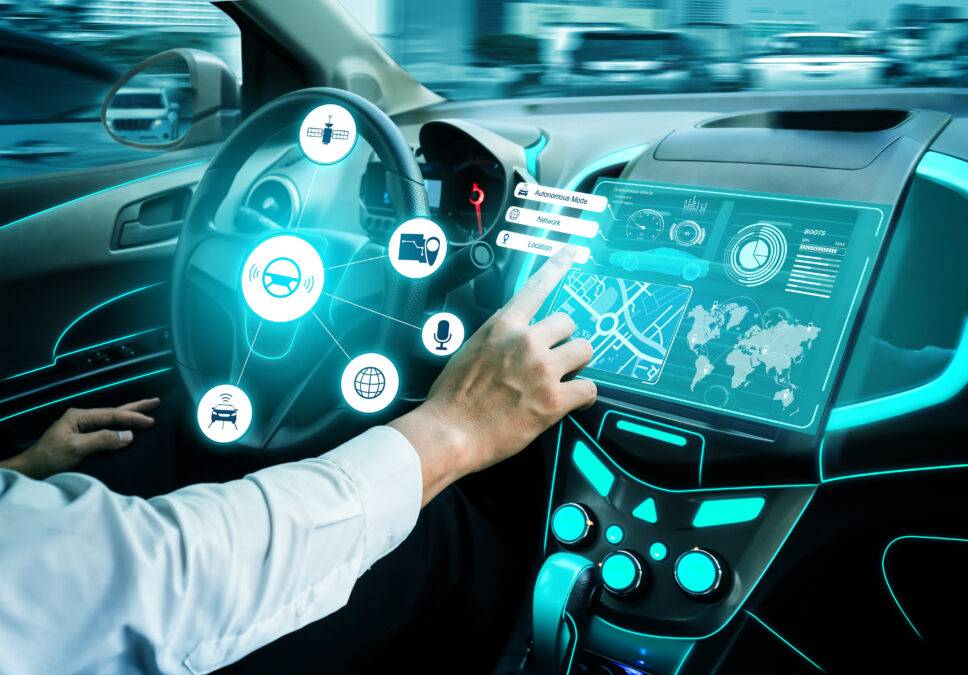The Internet of Things (IoT) has become an integral part of our daily lives, connecting various devices and enabling seamless communication and data exchange. In the automotive industry, the IoT has revolutionized the way we interact with our vehicles and has transformed the driving experience. This article explores how the IoT works with automobiles in the modern-day, enhancing safety, convenience, and efficiency.
Connected Cars: The Foundation of IoT in Automobiles
At the core of the IoT integration in automobiles are connected cars. These vehicles are equipped with advanced sensors, processors, and connectivity technologies that allow them to communicate with the internet, other vehicles, and the surrounding infrastructure. Connected cars collect and exchange vast amounts of data, enabling a wide range of features and functionalities that enhance the overall driving experience.
Telematics and Remote Monitoring
Telematics systems play a vital role in connecting vehicles to the IoT. These systems use a combination of GPS technology, sensors, and communication modules to collect real-time data from the vehicle. This data includes information about the vehicle's location, speed, fuel consumption, engine performance, and more. Through the IoT, this data can be transmitted to a centralized platform, allowing drivers and service providers to monitor the vehicle's health, track its performance, and make informed decisions regarding maintenance and repairs.
Enhanced Safety and Security
The IoT integration in automobiles has significantly improved safety and security on the roads. Connected cars can communicate with each other and with roadside infrastructure, creating a network that enables the exchange of critical information in real-time. This vehicle-to-vehicle (V2V) and vehicle-to-infrastructure (V2I) communication enables advanced safety features such as collision warnings, blind-spot detection, and adaptive cruise control. In the event of an accident or emergency, connected cars can automatically alert emergency services, providing accurate location and critical information to expedite response times.
Infotainment and Connectivity
The IoT has transformed the infotainment systems in modern vehicles, offering a wide range of connected features and services. With internet connectivity, drivers and passengers can access real-time traffic information, weather updates, and navigation services. Entertainment options have also expanded, with streaming music, online radio, and multimedia content available at the touch of a button. Additionally, IoT-enabled voice assistants allow drivers to control various functions within the vehicle through natural language commands, providing a more intuitive and hands-free experience.
Predictive Maintenance and Remote Diagnostics
The IoT integration in automobiles enables predictive maintenance and remote diagnostics, revolutionizing the way vehicles are serviced. Connected cars can continuously monitor their performance and identify potential issues before they become critical. This data can be transmitted to service centers or manufacturers, allowing for remote diagnostics and proactive maintenance scheduling. By addressing maintenance needs in a timely manner, the IoT helps prevent breakdowns, reduces repair costs, and improves the overall reliability of vehicles.
Smart Traffic Management and Efficiency
The IoT's impact extends beyond individual vehicles to traffic management systems. Through V2I communication, connected cars can share traffic data with infrastructure systems, enabling smart traffic management and optimization. Traffic lights and road signs can be synchronized to improve traffic flow, reducing congestion and travel times. By analyzing real-time data from connected vehicles, traffic management authorities can make informed decisions and implement dynamic traffic management strategies.
Challenges and Considerations
While the IoT integration in automobiles brings numerous benefits, there are also challenges and considerations to address. Data privacy and security are paramount, as connected cars collect and transmit sensitive information. Strong cybersecurity measures must be in place to safeguard against hacking and unauthorized access. Additionally, standardization and interoperability across different vehicle manufacturers and IoT platforms are essential to ensure seamless communication and compatibility. The IoT has ushered in a new era of connectivity


